If you find yourself with a three-day window to explore Tokyo, or are embarking on a weekend escapade to this bustling metropolis, maximizing your time becomes essential. While it’s crucial to weave in visits to Tokyo’s iconic historical and cultural landmarks, don’t overlook opportunities for shopping and indulging in the city’s vibrant nightlife scene. Dive into Tokyo’s kaleidoscope of attractions with this meticulously crafted 3-day Tokyo itinerary, designed to showcase the city’s main highlights and provide you with an unforgettable experience. From ancient temples to modern skyscrapers, traditional markets to trendy boutiques, and serene gardens to bustling streets, Tokyo offers a captivating blend of old-world charm and contemporary allure, ensuring there’s something for every traveler to discover and enjoy.
Day 1
(8:00-9:30) Tsukiji Fish Market
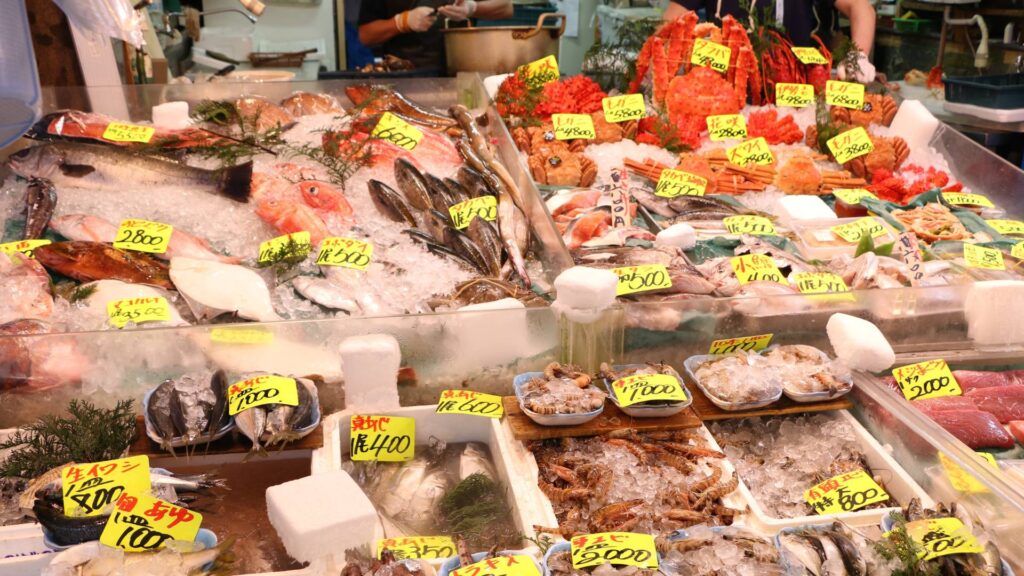
The Tsukiji Fish Market, renowned as Japan’s ‘Food Town,’ offers a vast array of traditional Japanese foods, ranging from wholesale to retail. This bustling market is a culinary haven, with numerous restaurants and eateries dotting the area, all showcasing the freshest fish and ingredients Japan has to offer.
Originally catering to wholesalers and professionals, Tsukiji Fish Market has evolved over the years to become a must-visit destination for consumers and tourists alike. Today, visitors can indulge in small meals and bite-size tastings, immersing themselves in the vibrant culinary scene.
The Tsukiji Outer Market remains the premier marketplace for customers seeking fresh seafood, vegetables, and Japanese traditional food materials. Whether you’re a food enthusiast or simply looking to savor authentic Japanese cuisine, Tsukiji Fish Market promises an unforgettable gastronomic experience.
If you are unsure how to approach this, take a look at Arigatojapan’s brilliant Tsukiji market tour! https://arigatojapan.co.jp/tours/classic-tsukiji-breakfast-tour/
This way you won’t miss any incredible food or experiences while visiting Tsukiji!
(10:00-11:00) Skytree Observatory

The Tokyo Skytree, located in Sumida, the heart of Tokyo, stands as the iconic symbol of modern Japan, blending cutting-edge technology with traditional Japanese craftsmanship. Soaring to an impressive height of 634 meters, the Tokyo Skytree claimed the title of the world’s tallest skyscraper, as recognized by Guinness World Records in November 2011.
Ascend to the 350-meter-high Tokyo Skytree Tembo Deck via the elevator and marvel at the breathtaking cityscape below. On a clear day, you can even catch a glimpse of the majestic Mount Fuji in the distance. Take your experience to new heights at the Tembo Galleria, a remarkable tube-shaped hallway suspended 450 meters above ground, offering a unique sensation of walking through the sky.
Whether you’re admiring the panoramic views or venturing into the captivating Tembo Galleria, a visit to the Tokyo Skytree promises an unforgettable journey above the bustling metropolis.
(11:00-12:00) Solamachi

Nestled at the base of the Tokyo Skytree lies Tokyo Solamachi, a sprawling shopping and entertainment complex. Launched in May 2012, this commercial hub boasts 312 stores offering a diverse range of products and experiences.
Beyond its role as a bustling new downtown destination, Tokyo Solamachi serves as a vital gateway connecting the city center with the Tokyo Skytree and the Tobu railway line. It has quickly become a must-visit destination for tourists from Japan and around the world, drawn by its vibrant atmosphere and extensive offerings.
From trendy boutiques to delectable dining options, Tokyo Solamachi offers something for everyone, making it the perfect complement to your visit to the iconic Tokyo Skytree. Explore, shop, and indulge in the vibrant energy of Tokyo’s premier shopping and entertainment destination.
(12:30-13:30) Yukata Experience
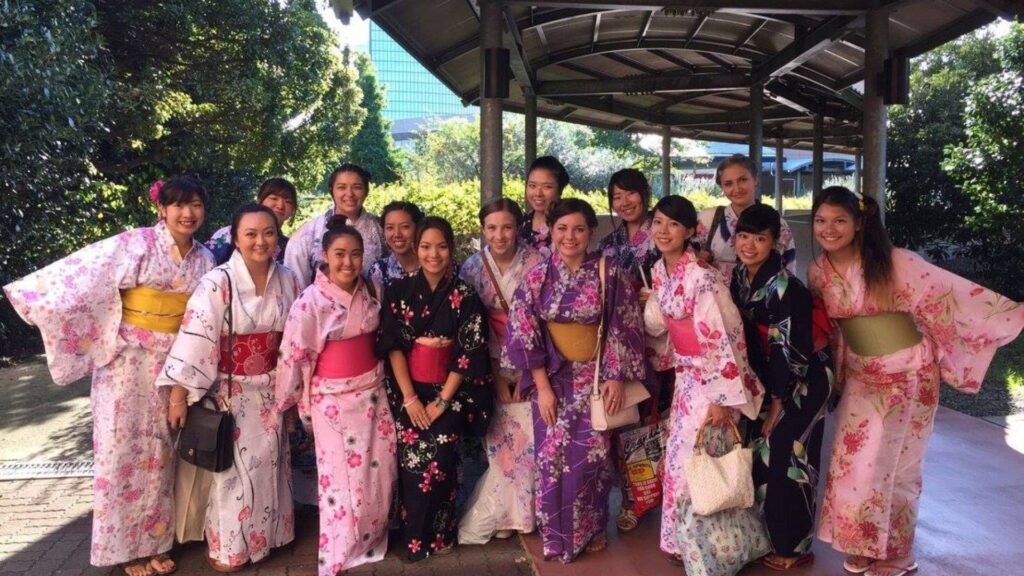
Embrace the essence of summer fashion with the traditional Japanese garment known as the yukata. Characterized by its lighter fabric and looser fit, the yukata is a staple attire worn during the warmer months, symbolizing the season’s vibrancy and charm. Often showcased in traditional Japanese performing arts and dances, it embodies the spirit of Japanese culture and heritage.
For an authentic cultural experience, don a yukata and immerse yourself in the captivating streets of Asakusa. This historic neighborhood, nestled in the heart of Tokyo, offers a glimpse into Japan’s rich traditions and customs. As you wander through its bustling streets and quaint alleyways, adorned in traditional attire, you’ll feel transported to a bygone era.
From admiring the majestic Senso-ji Temple to exploring the lively stalls of Nakamise Shopping Street, wearing a yukata adds an extra layer of authenticity to your Asakusa adventure. Capture the essence of Japanese elegance as you stroll beneath the shade of cherry blossom trees and savor local delicacies at charming tea houses and eateries.
Whether you’re soaking in the serenity of Asakusa’s historic gardens or participating in traditional cultural activities, such as tea ceremonies or calligraphy workshops, the yukata serves as a timeless symbol of Japanese identity and pride. Experience the allure of summer in Asakusa as you embrace the spirit of Japanese fashion and culture during your 3-day Tokyo itinerary.
(13:30-15:00) Sensoji Temple, Shopping Street
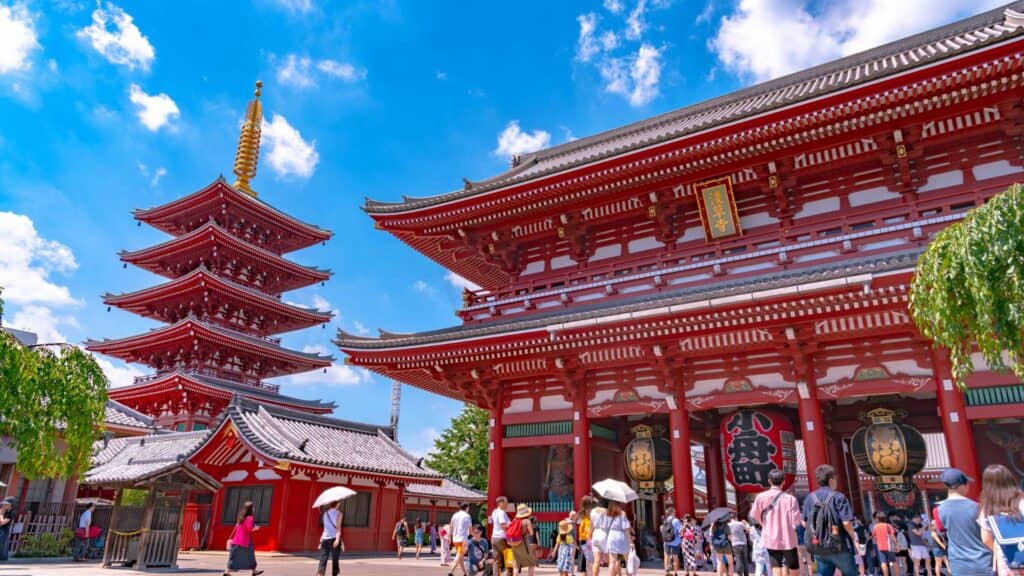
When it comes to iconic tourist spots in Tokyo, Senso-ji Temple reigns supreme. Regarded as one of the most renowned attractions in the city, Senso-ji draws approximately 30 million visitors annually from around the globe, making it a must-visit destination for travelers both domestic and international.
Asakusa’s unmistakable symbol is the towering red lantern adorning the Kaminarimon (Thunder Gate) at the temple’s entrance. Stepping into the neighborhood surrounding Senso-ji, visitors are transported back in time to the Edo period, with its traditional architecture and charming streets retaining the old-world charm of Tokyo.
Whether you’re admiring the grandeur of Senso-ji Temple or exploring the quaint alleys of Asakusa, immerse yourself in the rich history and cultural heritage that this vibrant neighborhood has to offer. Discover the allure of old Tokyo as you wander through the bustling streets lined with shops, restaurants, and historical landmarks.
(15:30-16:30) Optional Ramen Making Experience
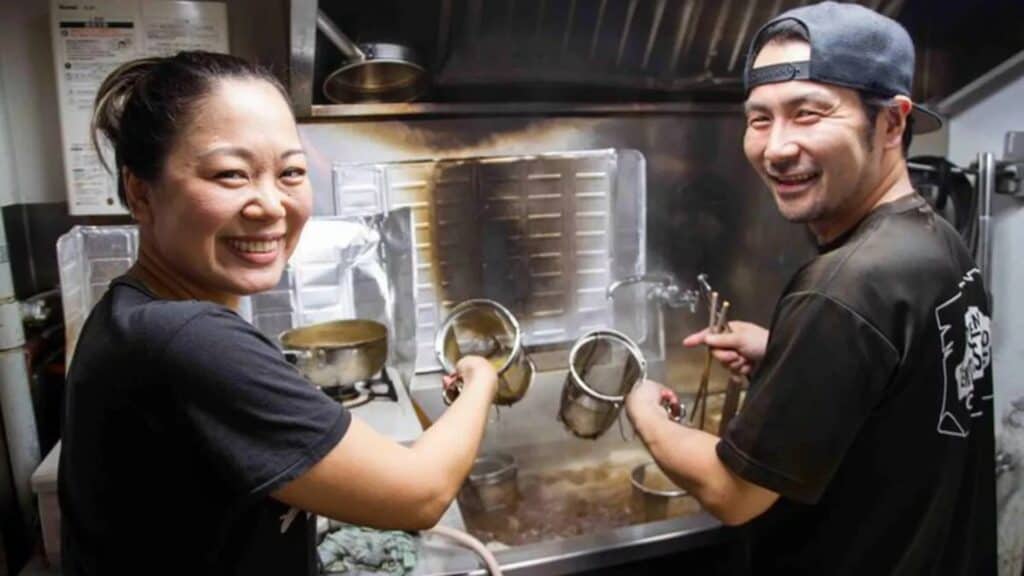
Immerse yourself in the art of Japanese cuisine with a hands-on ramen-making experience. Step into an authentic Japanese ramen kitchen, where you’ll have the opportunity to learn the traditional techniques for crafting fresh ramen. Under the guidance of a skilled ramen chef, you’ll create two bowls of delectable ramen from scratch, using all the necessary Japanese cooking tools.
Learn the intricate process of preparing ramen noodles, from kneading the dough to shaping and cutting the noodles to perfection. Discover the secrets behind creating the rich and flavorful broth that forms the heart of every bowl of ramen. As you ladle the broth over the freshly cooked noodles, you’ll have the chance to customize your ramen with an array of toppings and garnishes.
Unlock the secrets of authentic Japanese ramen-making and embark on a culinary journey that will tantalize your taste buds and deepen your appreciation for this beloved dish. Whether you’re a novice cook or a seasoned food enthusiast, this hands-on experience promises to be both educational and delicious.
Optional Day 1 Destination: Shimokitazawa
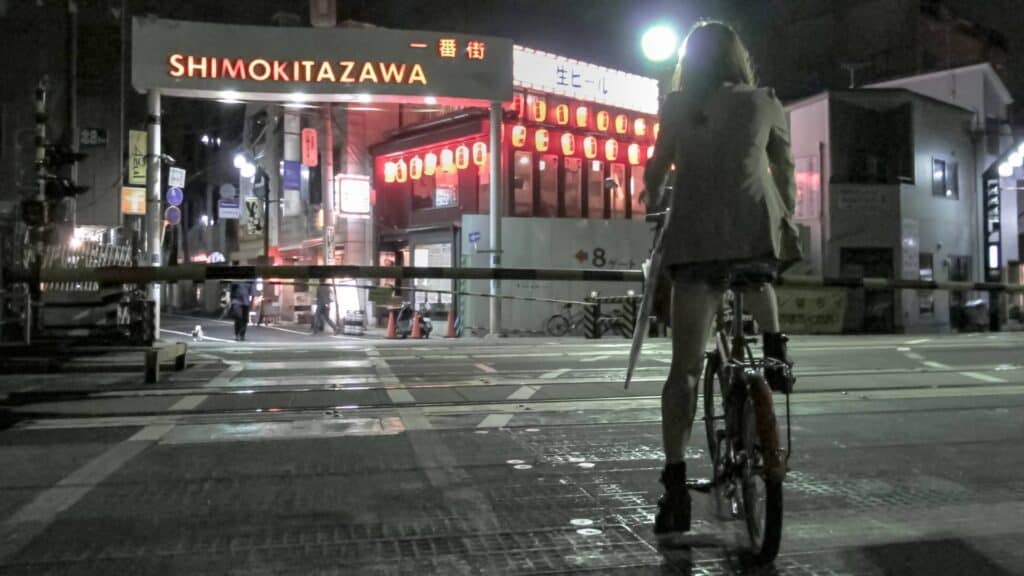
Shimokitazawa, a lively area of western Tokyo only a few stops from Shibuya, is well-known for its profusion of second-hand shops. You may find anything you need for at least 20% off the original sale price, including everything from designer clothing to brand-new phones. Shimokitazawa is sometimes called “Shimokita” for short because it has many theatres, galleries, live houses, cosy cafés, and izakaya pubs. This is a location in Tokyo that is a must-visit for everyone looking for something special!
Since the 1970s, Shimokitazawa has served as the hub of Japan’s counterculture scene. Many of the local galleries and venues support independent artists and creatives from the area.
Day 2
(9:00-10:30) Optional Tokyo Tower Escapade
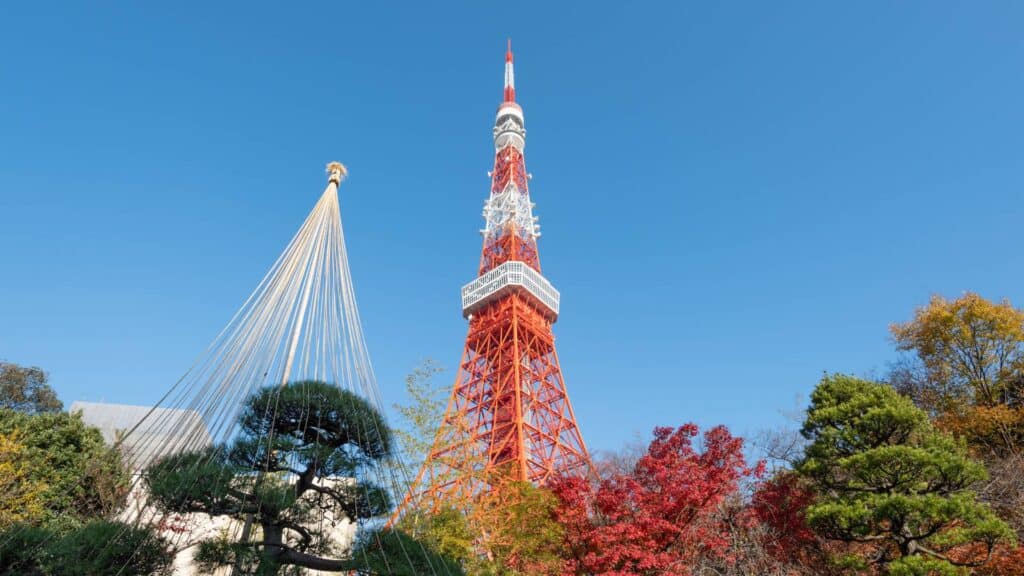
Perched in the heart of Tokyo, Tokyo Tower stands tall as Japan’s iconic symbol of post-war resurgence and economic strength. Rising to a height of 333 meters, it surpasses even the Eiffel Tower by 3 meters. Since its completion in 1958, Tokyo Tower has captivated visitors as a renowned tourist destination and an essential broadcast antenna.
Ascending to the tower’s main deck, accessible by elevator or a 600-step stairway (both require admission fees), visitors are treated to panoramic views of Tokyo’s skyline. Situated at 150 meters above ground, the main deck offers a unique perspective of the city, complemented by amenities such as a gift shop, a cafe, and “lookdown windows” providing thrilling views of the bustling city below.
Explore Tokyo Tower’s rich history and architectural grandeur, and experience the allure of this iconic landmark that continues to stand as a testament to Japan’s enduring spirit and resilience. Whether admiring the vistas or enjoying the tower’s amenities, a visit promises an unforgettable journey into Tokyo’s vibrant culture and heritage.
(11:00-13:00) Shibuya Crossing, Shopping
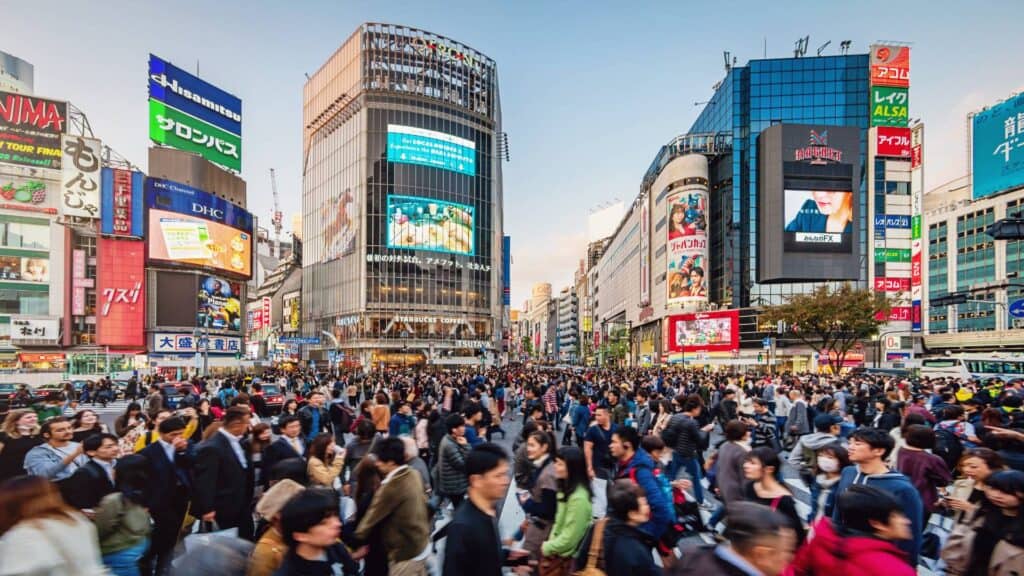
Shibuya is synonymous with the iconic Scramble Crossing, a bustling intersection renowned as one of the world’s busiest. With as many as 3,000 people crossing during a single green light, it’s a vibrant symbol of Tokyo’s energy and dynamism.
Adding to Shibuya’s allure is Shibuya Scramble Square, boasting a staggering 212 ‘world’s most fashionable’ shops. From established brands to innovative new ventures, this retail mecca offers a diverse array of shopping experiences. Don’t miss the chance to visit Shibuya Sky, perched at approximately 230 meters and spanning 47 stories above ground. As Shibuya’s highest point, it offers breathtaking panoramic views of the cityscape below.
Discover the beating heart of Tokyo in Shibuya, where culture, commerce, and creativity collide in a whirlwind of excitement. Whether you’re navigating the bustling streets or taking in the sweeping vistas from Shibuya Sky, there’s always something new and exciting to experience in this vibrant neighborhood.
(13:00-14:00) Yoyogi Park
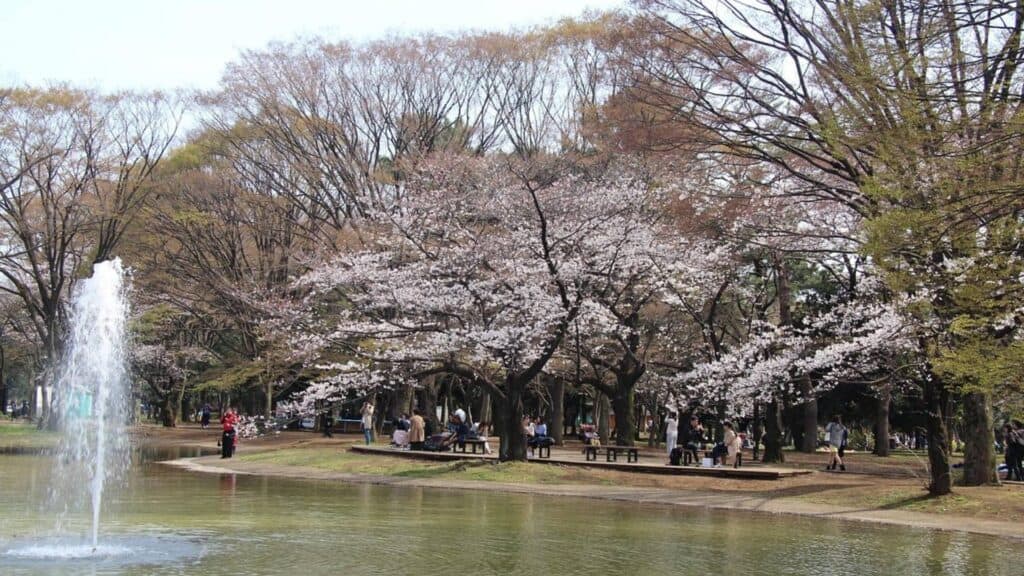
Yoyogi Park stands as a sprawling oasis amidst the hustle and bustle of Tokyo’s city center. Located just a stone’s throw away from Harajuku Station, Yoyogi-koen Station, and Meiji-jingumae Station, it’s easily accessible and offers a serene escape from urban life. As you step into the park, you’ll find yourself enveloped by nature, surrounded by lush greenery that creates a tranquil atmosphere reminiscent of a forest retreat.
Beyond its natural beauty, Yoyogi Park is a hub of activity, hosting a variety of events throughout the year, particularly on weekends. From vibrant food trucks offering delectable treats to captivating performances and cultural festivals, there’s always something exciting happening in the park. It’s no wonder that Yoyogi Park is a favorite destination for locals and tourists alike, drawing visitors who flock to enjoy picnics and leisurely strolls in its expansive grounds.
Experience the serenity and vibrancy of Yoyogi Park—a beloved urban oasis that offers a refreshing escape and a wealth of cultural experiences in the heart of Tokyo. Whether you’re seeking tranquility amidst nature or seeking out the lively atmosphere of its events, Yoyogi Park promises a memorable journey for all who visit.
(14:00-15:00) Meiji Jingu Shrine

Meiji Jingu, nestled in the heart of Shibuya, Tokyo, is a revered Shinto shrine dedicated to Emperor Meiji and Empress Shoken. Spanning an expansive 700,000 square meters, the shrine is surrounded by Chinju-no-Mori, an enchanting forest envisioned as an “eternal forest.” This majestic woodland was meticulously crafted with the planting of approximately 100,000 trees donated from across Japan during the shrine’s inception.
Each year, Meiji Jingu attracts the highest number of worshippers in Japan during the New Year’s period. Pilgrims flock to the shrine to pay their respects, offer prayers, and seek blessings for the year ahead. This annual tradition underscores the deep reverence and cultural significance that Meiji Jingu holds within Japanese society.
Witness he tranquility and spiritual resonance of Meiji Jingu, where ancient traditions and natural beauty converge to create a sacred sanctuary in the heart of Tokyo. Whether you’re exploring the serene forest paths or participating in a traditional Shinto ritual, a visit to Meiji Jingu offers a profound journey into Japan’s rich cultural heritage.
(15:00-17:00) Harajuku

Harajuku pulsates at the epicenter of kawaii culture and cutting-edge fashion in Tokyo. Embark on a whimsical journey down Takeshita Street, an iconic thoroughfare renowned for its array of trendy shops and delectable take-out eateries—particularly famous for its mouthwatering crepes. As you meander through this vibrant street, you’ll discover an increasing number of unique cafes, each offering its own distinctive charm. Venture into the side streets to stumble upon hidden gems, including whimsical animal cafes where you can interact with a variety of adorable creatures, from playful cats to endearing micropigs.
Continuing your exploration, delve deeper into the enchanting labyrinth of Harajuku to uncover the Omotesando area. Here, you’ll encounter a striking contrast of high-end fashion boutiques, upscale restaurants, and eclectic shops. During the winter season, the streets of Omotesando come alive with dazzling illuminations, casting a magical glow over the fashionable district.
Immerse yourself in the dynamic energy and eclectic charm of Harajuku, where every corner offers a delightful surprise and a glimpse into Tokyo’s vibrant cultural tapestry. Whether indulging in delectable treats on Takeshita Street or perusing the upscale boutiques of Omotesando, a visit to Harajuku promises an unforgettable experience that celebrates the city’s avant-garde spirit and creative flair.
Optional Day 2 Destination: Nakano
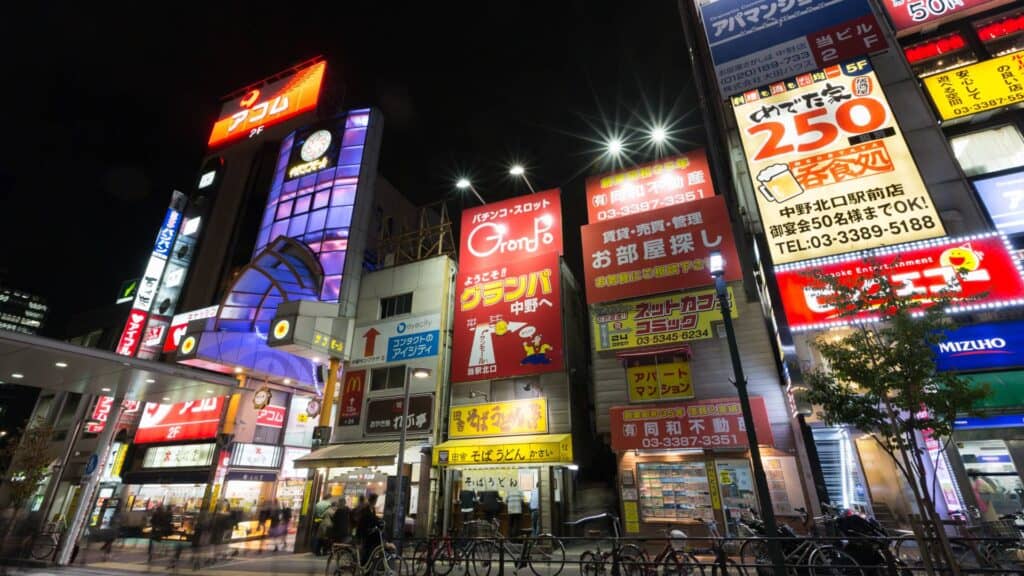
Just a few stops away from Shinjuku, Nakano is often dubbed “Western Tokyo’s Akihabara,” earning its reputation as an otaku nirvana. Yet, Nakano Ward offers a diverse and expansive landscape that appeals to a broad spectrum of interests, extending beyond manga aficionados.
Despite Tokyo’s relentless modernization, Nakano has retained much of its old-world charm. Venture northeast from the station, and you’ll stumble upon a nostalgic, partially pre-war street adorned with traditional izakaya, cozy bars, and other hidden gems. Further north, discover Edo-era temples and serene parks, offering a peaceful respite from the urban hustle.
Home to a diverse community of office workers, college students, and families, Nakano boasts a warm and welcoming atmosphere. Residents are known for their laid-back demeanor and are often eager to engage in friendly conversation, adding to the neighborhood’s inviting allure.
Explore the multifaceted tapestry of Nakano, where tradition seamlessly intertwines with modernity, offering a rich tapestry of experiences for visitors and locals alike. Whether you’re delving into manga culture or immersing yourself in the neighborhood’s historical treasures, Nakano promises an unforgettable journey filled with discovery and charm.
(17:30-20:00) Shinjuku’s Omoide Yokochu, Kabukicho, Golden Gai
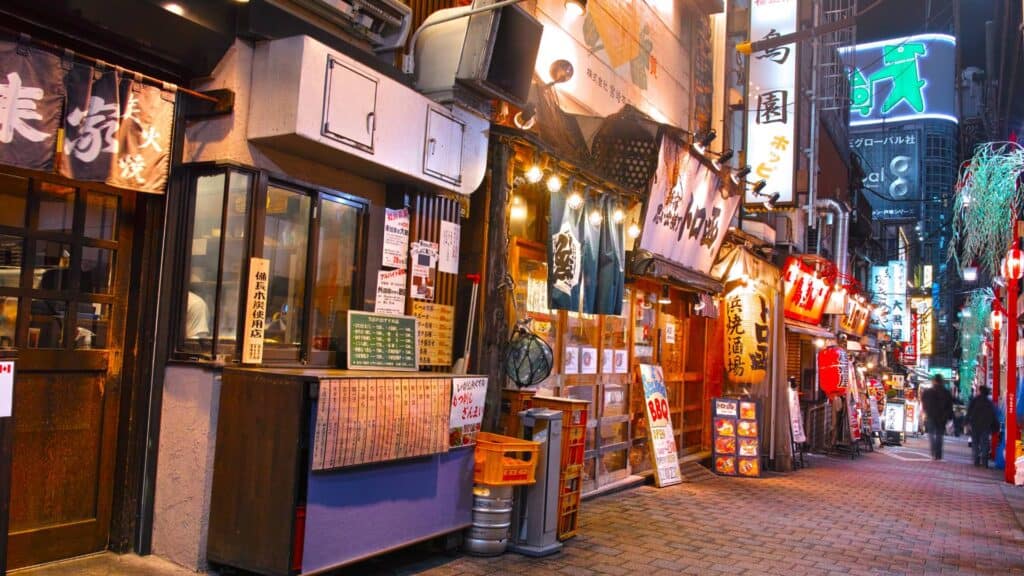
Shinjuku stands as a bustling epicenter of entertainment, offering a myriad of activities to suit every preference. From towering business buildings to eclectic restaurants, esteemed schools to vibrant entertainment venues, bustling shops to luxurious hotels, Shinjuku pulsates with endless possibilities.
Nestled just outside the Shinjuku West Exit lies “Omoide Yokocho,” also affectionately known as “Yakitori Yokocho” or “Shonben Yokocho.” This iconic shopping street traces its origins back to the post-war era of 1946 when it emerged as a bustling black market hub, boasting approximately 300 shops. Today, it has transformed into a beloved drinking district, teeming with quaint eateries serving up delectable dishes like yakitori, offal stew, and sashimi. With its convenient location just a 3-minute stroll from Shinjuku station, it’s the ideal spot for office workers to unwind after a long day or enjoy a pre or post-night out libation.
Venture into Shinjuku’s legendary Golden Gai (新宿ゴールデン街), nestled in Kabukicho 1-chome. This historic restaurant district is renowned for its charming barracks tenements housing nearly 300 bars, including cozy snack bars. Frequented by writers, artists, and luminaries from the film and theater industry, Golden Gai exudes an irresistible allure, inviting patrons to revel in its rich cultural ambiance while savoring a diverse array of culinary delights.
Day 3
(7:00-8:30) Sumo Morning Practice with Former Sumo Wrestlers at Yokoami
Deeply rooted in tradition and history, the vibrant neighborhood of Yokoami in Sumida-ku, Tokyo, holds significant ties to Japan’s national sport, sumo wrestling.
Home to the iconic Ryogoku Kokugikan, the grand arena where thrilling sumo tournaments unfold, and numerous sumo stables scattered throughout the area, Yokoami boasts a rich legacy intertwined with the revered sport of sumo. Even today, the neighborhood continues to attract hordes of sumo enthusiasts, drawn by the allure of witnessing the ancient tradition in action.
Moreover, Yokoami pays homage to its culinary heritage with a monument commemorating the birthplace of Yohei Sushi. Renowned for revolutionizing sushi by introducing nigiri-zushi paired with wasabi, Yohei Sushi’s innovation has left an indelible mark on the global culinary landscape, ensuring sushi’s widespread popularity beyond Japan’s borders. With sumo wrestling, otekebori (traditional wood carving), sushi, and other quintessential elements of Japanese culture converging in Ryogoku, visitors are treated to an immersive experience steeped in tradition and heritage.
(9:00-11:00) Ueno
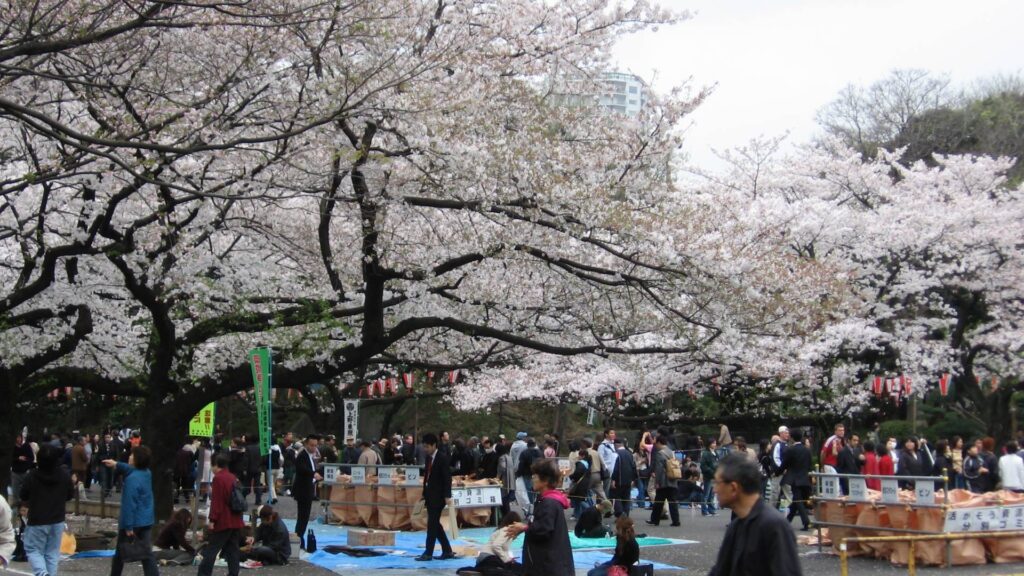
Ueno is a cultural haven, offering a plethora of artistic and recreational delights to visitors. Adjacent to the station lies Ueno Park, a sprawling oasis boasting art galleries, museums, the tranquil Shinobazuno Pond, a historic temple with a striking five-storey pagoda, and the beloved Ueno Zoo. Renowned for its scenic beauty, Ueno Onshi Koen is a favored destination for cherry blossom viewing during the spring season.
Bordering the railway line is the bustling Ueno Ameyoko shopping street, a vibrant marketplace teeming with lively stalls offering an eclectic array of street foods, fresh produce, trendy clothing, and more. Don’t miss the opportunity to indulge in a culinary adventure at one of the street’s many enticing restaurants, ensuring a satisfying gastronomic experience amidst your cultural exploration.
(11:30-13:30) Akihabara
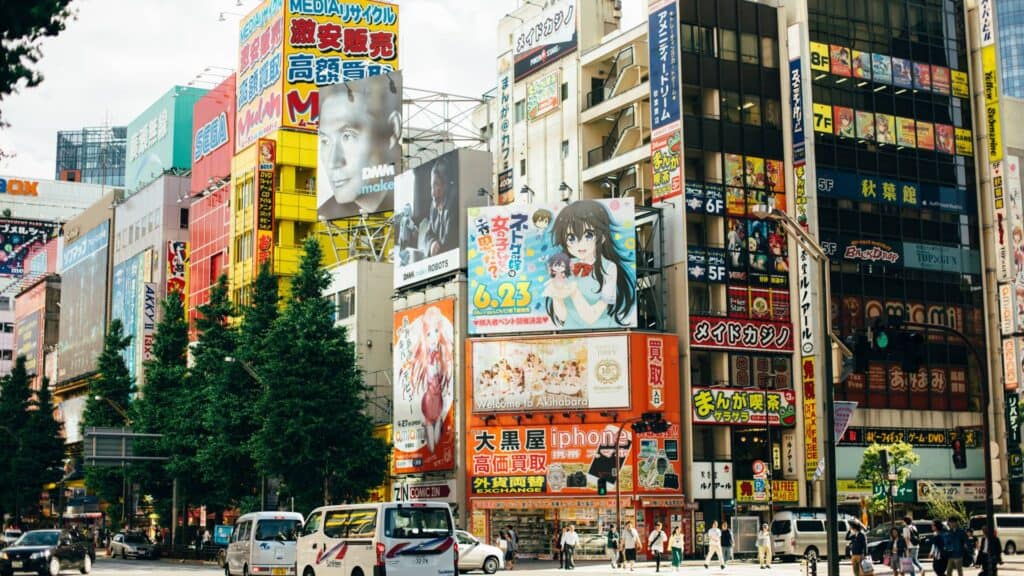
The central Tokyo neighborhood of Akihabara, affectionately known as Akiba, owes its fame to its plethora of electronics stores and its status as the epicenter of otaku (die-hard fan) culture in Japan. Renowned for its vibrant atmosphere and diverse offerings, Akihabara boasts a plethora of electronic retailers alongside specialized shops catering to anime and manga enthusiasts.
In recent years, Akihabara has evolved into a mecca for Japanese otaku and anime aficionados, with numerous establishments dedicated to collectibles such as figurines, card games, anime, manga, and vintage video games dotting the landscape alongside electronics outlets. The district is also home to a variety of businesses associated with animation, including maid cafes (manga kissa), where waitresses cosplay as maids or anime characters, and internet cafes offering patrons the chance to read comics, watch videos, and surf the web.
(14:00-15:00) Tokyo Station
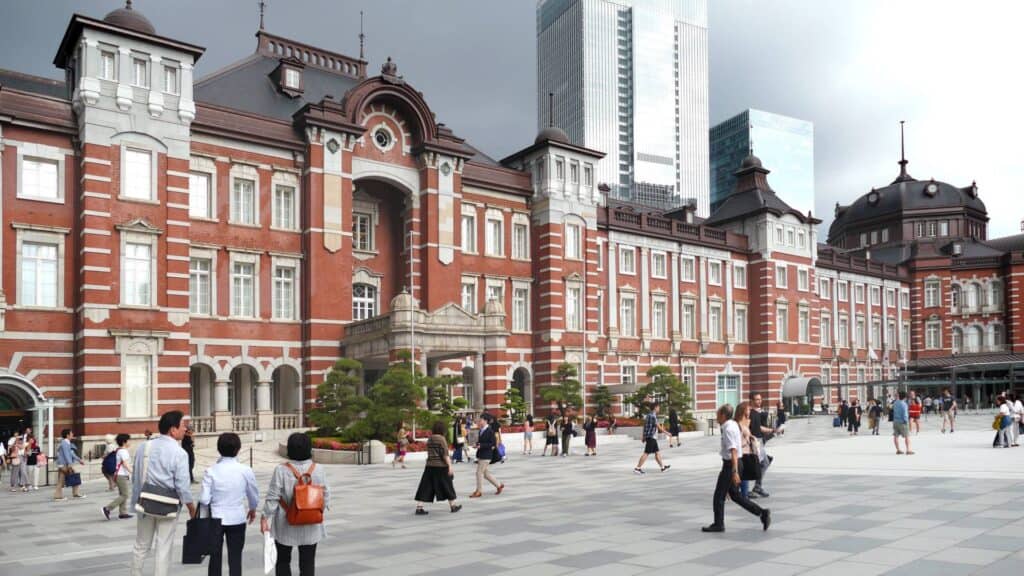
Tokyo Station, situated in Marunouchi, Chiyoda-ku, Tokyo, stands as the primary gateway to the bustling metropolis of Tokyo and ranks among the busiest railway hubs globally. Its significance transcends borders, making it not only a vital transportation hub within Japan but also a renowned landmark worldwide.
Following the conclusion of the Sino-Japanese and Russo-Japanese wars, Tokyo Station underwent extensive construction, culminating in its completion in 1914. The iconic red-brick Marunouchi Exit Station Building, prominently positioned facing the Imperial Palace, was bestowed the distinction of being a National Important Cultural Property in 2003. It also holds a place of honor among the top 100 stations in the Kanto region.
The precincts surrounding Tokyo Station are a bustling tapestry of shops, eateries, shopping arcades, and galleries. This vibrant area offers visitors a captivating glimpse into the multifaceted essence of Tokyo, providing insights into the dynamic daily lives of its residents. Exploring this vibrant district offers a quintessential Tokyo experience, where modernity harmonizes with tradition at every turn.
(15:00-17:00) Imperial Palace
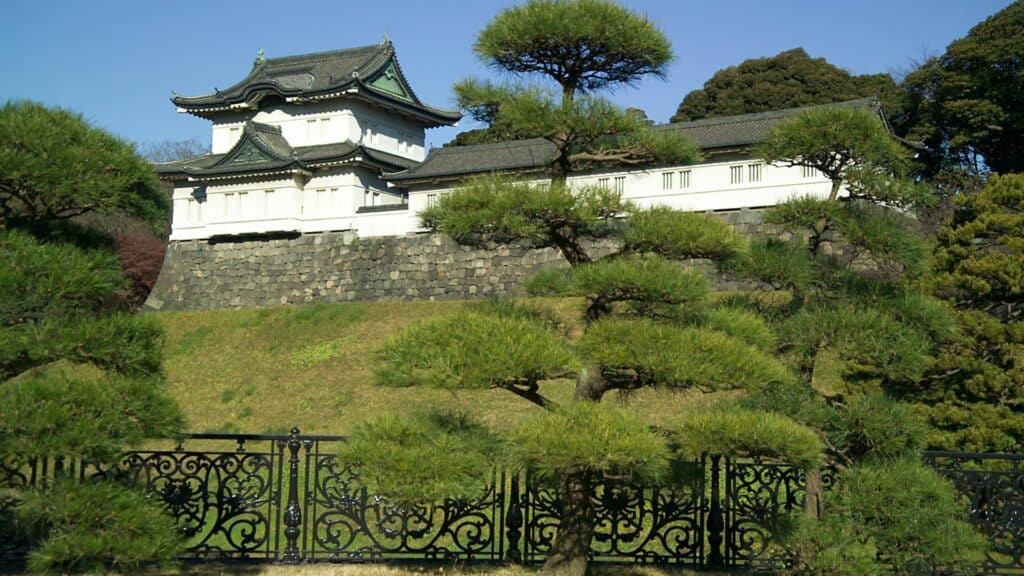
The Imperial Palace stands as the primary residence of the Emperor and a quintessential symbol of Japan’s rich history and culture. Drawing visitors from across the globe, the Palace boasts over four centuries of architectural heritage, meticulously manicured gardens, and an array of natural wonders. What’s more, admission to this iconic landmark is entirely free, inviting exploration by all.
Comprising three distinct sections, the Imperial Palace area offers a wealth of experiences. Visitors can freely explore the East Gardens and Outer Gardens of the Imperial Palace, soaking in the serene ambiance and scenic beauty. For access to the Imperial Palace grounds, advanced reservations are required, providing an exclusive glimpse into Japan’s imperial legacy.
Spanning approximately 2.3 million square meters, the Imperial Palace area serves as a verdant urban sanctuary amidst Tokyo’s bustling cityscape. Just a brief 15-minute stroll from Tokyo Station, visitors are greeted by expansive green spaces juxtaposed against towering skyscrapers. Within the tranquil Imperial Palace Garden, adorned with majestic black pine forests, numerous benches offer tranquil spots to pause and savor a leisurely walk.
Optional Day 3 Destination: Ginza
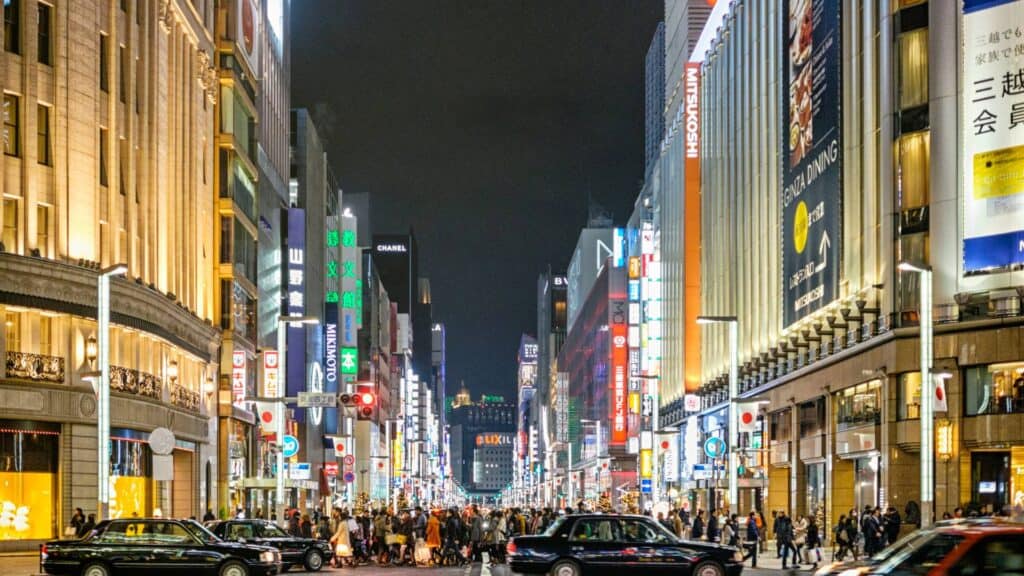
Ginza, nestled in the heart of Chūō, Tokyo, stands as a beacon of luxury and sophistication. Renowned as a premier shopping destination, this district is adorned with a plethora of internationally acclaimed department stores, designer boutiques, chic eateries, and quaint coffee shops. It epitomizes extravagance, elegance, and refinement, making it a sought-after destination for discerning shoppers and trendsetters worldwide.
Stroll through the streets of Ginza, and you’ll be greeted by upscale clothing outlets at every turn. Moreover, the district boasts a constellation of Michelin-starred restaurants, representing the pinnacle of fine dining in Tokyo. Yet, the true allure of Ginza lies beyond its grand façades, tucked away in cozy alleyways illuminated by soft lights. Here, you’ll discover hidden gems ranging from charming gift shops to traditional izakaya, offering a delightful blend of old-world charm and modern allure.
Experience the epitome of luxury and sophistication in Ginza, where every corner offers a glimpse into Tokyo’s vibrant and opulent lifestyle.
Final Thoughts
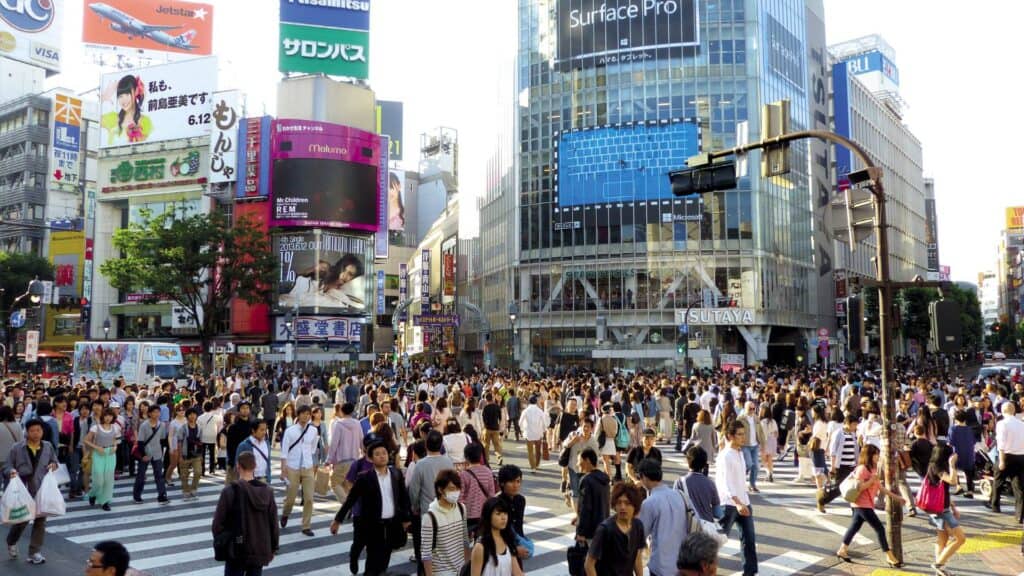
Crafting a comprehensive itinerary for a 3-day visit to Tokyo can be challenging, given the city’s vast array of attractions. However, with careful planning, you can create a well-rounded plan that captures the essence of this vibrant metropolis. As one of the globe’s premier tourist destinations, Tokyo offers a plethora of captivating experiences waiting to be explored. Let this meticulously curated 3-day Tokyo itinerary serve as your roadmap, guiding you to the most thrilling and captivating destinations throughout your journey. Whether you’re a culture enthusiast, a foodie, or an adventure seeker, Tokyo has something to offer everyone.


Recent Comments